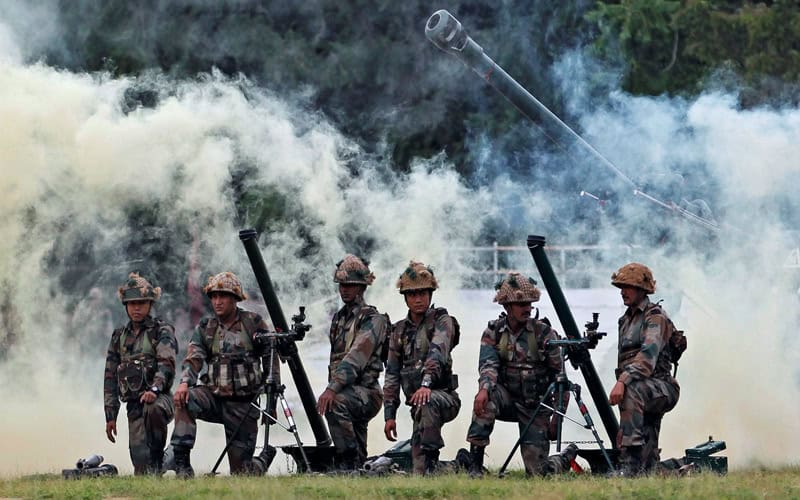LONDON (Web Desk) – A surgical strike by Indian forces at Line of Control (LoC) begs the question of whether Indian forces have the capability to launch such a sophisticated and coordinated attack, The Diplomat reported.
On Thursday India claimed it had conducted a “surgical strike” in Pakistan controlled Kashmir across the Line of Control (LoC).
Pakistan denied that India carried out a surgical strike and ISPR Director General Lieutenant General Asim Saleem Bajwa said the unprovoked fire was painted as a surgical strike by senior Indian officials apparently a move to satisfy the public.
Surgical strikes can be conducted through airborne or artillery based precision guided strikes or ground force based assaults; both of which require sophisticated intelligence collection, platforms to conduct collections, and surveillance of target sites and objectives.
India is still on the cusp of building a sophisticated and modernized asymmetrical capability to conduct counterterror operations, while much of its forces are still organized and trained on Cold War models, the paper revealed.
Over the last decade, India has spearheaded efforts to modernize her military to include domestic production of unmanned aerial vehicles (UAVs). Rostum I and Rostum II could provide India with an air platform capable of surgical strikes, long loiter times for target surveillance, and intelligence collection. However, these platforms are still in development and Rostum II just began test trials this summer. India’s drone development program is still in its infancy.
As for artillery, in 2015, India and BAE finalized contracts for the sale and development of new M777 155 mm howitzer system, capable of firing the new Excalibur GPS guided shell. However, development and production of the artillery system is not slated to begin until 2018.
India does currently field a Russian GPS guided munition called the Krasnopol, though its precision fire support is within a 30-40 km radius and its accuracy is far less when compared to the new Excalibur shell.
As far as precision strike missile capability, India has recently acquired the U.S. anti-tank guided missile (ATGM) Hellfire, which has frequently been used for targeting operations by U.S. forces. India is currently producing a domestic ATGM called the Helina, a helicopter launched precision strike missile, though this missile is still undergoing testing.
In other words, much of India’s asymmetrical warfare capability is still being developed and tested. The examples above are by no means an exhaustive list but it certainly details a capacity not fully developed by Indian forces.
Furthermore, a cross border air raid by either heliborne assets or drones would still prove exceedingly difficult as Pakistan boasts an incredibly impressive air defense system. Pakistan controlled Kashmir is a high threat area for shoulder fired surface to air missiles. Any air operation over the territory would be under threat from these weapon systems.














